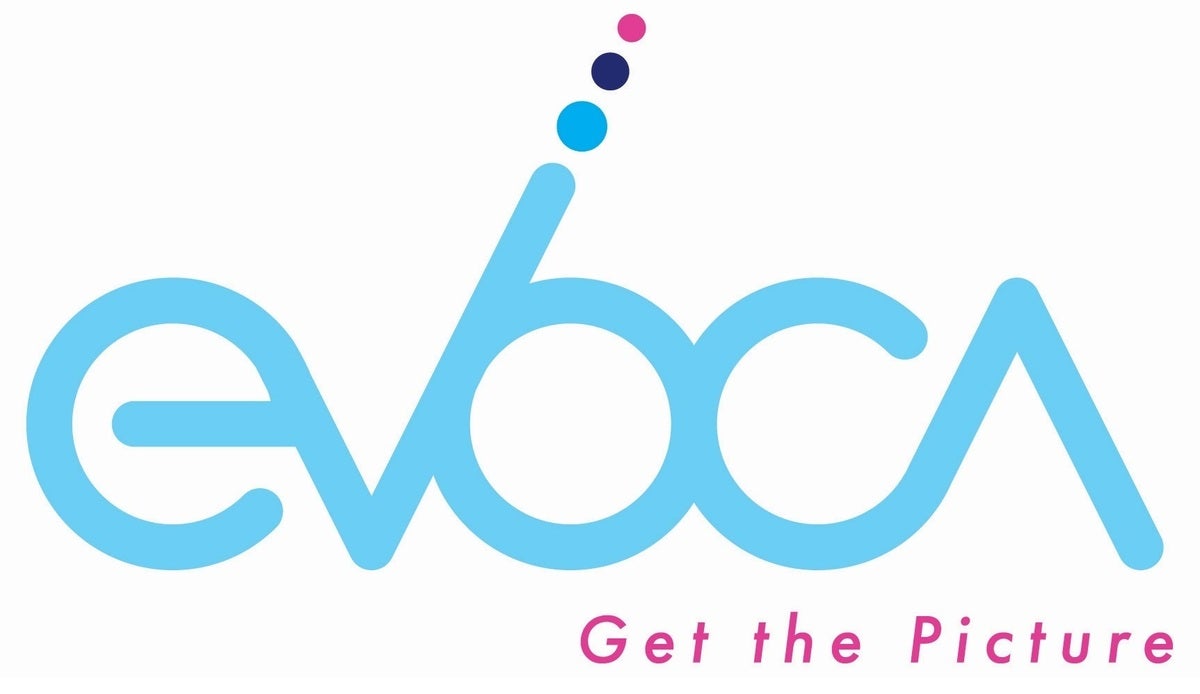If you use an antenna to cut the cable cord today, you can at best hope to get the major broadcast networks, some public access channels, and a smattering of digital subnets airing mostly classic movies and TV shows.
Now, one broadcaster is claiming that it can deliver dozens more channels over the air by tapping into the next-generation broadcast standard known as ATSC 3.0—albeit not for free. Edge Networks, a broadcaster operating in Boise, Idaho, says it will offer a bundle of more than 80 news, sports, and entertainment channels over the air for less than $50 per month this summer. Edge Networks then plans to expand its service, called Evoca, to other markets in 2021, with a focus on small- to mid-sized U.S. cities.
“We think there are probably 50 million U.S. households that lack high-quality, competitive service,” Todd Achilles, Edge Networks’ president and CEO, said in an interview.
A lot of the details about Evoca are up in the air, including the specific channels it will offer, the other markets where it might launch, and the cost of its proprietary set-top box hardware. But for folks who want to replace their overpriced cable bundles and don’t want to deal with the vagaries of streaming (or internet service provider data caps), Edge Networks’ promises are intriguing. At the very least, they show that ATSC 3.0 could do more than just improve the channels we already get over the air today.
The over-the-air TV bundle
The idea that a broadcaster could pack 80 channels into the broadcast TV airwaves might seem far-fetched, but Achilles said ATSC 3.0 makes it possible. The broadcast spectrum is more efficient than the current ATSC 1.0 standard, and support for HEVC encoding means that each channel requires less bandwidth.
“Not only is the pipe bigger that you put over-the-air, but with the encoding efficiencies, you can put more content through that pipe,” Achilles said.
Achilles added that Edge Networks is combining multiple broadcast stations together, and applying some “secret sauce” to further increase capacity. As such, the company will require at least two broadcast stations operating in ATSC 3.0 to provide the Evoca service. The company already runs a pair of these stations in Boise, which is why it can start offering its TV bundle there over the summer. (If you’re wondering how a paid service can operate over public airwaves, ATSC 3.0 also allows for broadcasters to run paid services atop their core broadcasts.)
Other markets might pose a bigger challenge. The vast majority of existing broadcast stations still use ATSC 1.0, and if they want to adopt ATSC 3.0, they must partner with a separate station to simulcast their channels in the old standard through at least February 2023. While some stations might conceivably host the Evoca service once they’ve made the switch, Edge Networks could also launch entirely new ATSC 3.0 stations without the simulcasting requirement. In other words, there’s a lot to figure out in terms of broadcast logistics.
 Edge Networks
Edge NetworksEdge Networks isn’t announcing any specific deals with TV networks, either. Achilles says Edge Networks does have some agreements in place, but he also says Evoca might rely on ATSC 1.0 to cover local broadcast channels in some markets. This raises the possibility that Edge Networks could forgo direct deals with major broadcast networks such as NBC and Fox, and instead just work with networks that strictly air on cable. Again, it all sounds pretty murky right now.
“There’s a lot of new territory here, but there’s a bunch of different ways to build a channel bundle that’s targeted to each of these markets,” Achilles said.
Even some details on Evoca’s set-top box hardware need to be hashed out. Edge Networks plans to require a proprietary box, so it can control the interface and optimize video quality, but the company hasn’t decided between cloud-based or local DVR service, and Achilles won’t provide even ballpark pricing.
Why even announce the service at this point, then? Apparently Edge Networks was going to reveal it during a major music festival in Boise last week, but that was postponed over coronavirus concerns.
“We decided to just go ahead and announce the service, and then we’ll talk in more specifics as we get closer to the summer,” Achilles said.
The next channel boom?
Regardless of whether Evoca launches in your hometown anytime soon—if ever—the idea that ATSC 3.0 might greatly expand the amount of content available over the air is an interesting and perhaps underdiscussed advantage of the new standard.
Most of what we’ve heard about ATSC 3.0 instead has to do with quality and convenience. Stations will be able to broadcast channels in 4K HDR, for instance, and at refresh rates up to 120 Hz. Reception should also improve, and broadcasters will even able to deliver content on demand. All of this is supposed to help justify the fact that you’ll need a new tuner to enjoy Next Gen TV, whether that’s through a future TV purchase or an external tuner box.
But maybe the real opportunity with ATSC 3.0 is the in having more channels to watch. Even with ATSC 1.0, we’ve seen a boom in new over-the-air networks for cord-cutters, with more than 20 new channels coming online since 2012 according to Cord Cutters News. Some of these “digital subchannels,” such as MeTV, have larger audiences than some major cable channels such as FX and Bravo. And unlike traditional cable channels, over-the-air channel viewership is still on the rise.
Although ATSC 3.0 is still years away from widespread availability, the more efficient standard could create another boom in over-the-air channels or open up capacity for existing channels in more markets. Or, in the case of Evoca, it might make way for even more pay TV bundles.
Sign up for Jared’s Cord Cutter Weekly newsletter to get this column and other cord-cutting news, insights, and deals delivered to your inbox.












